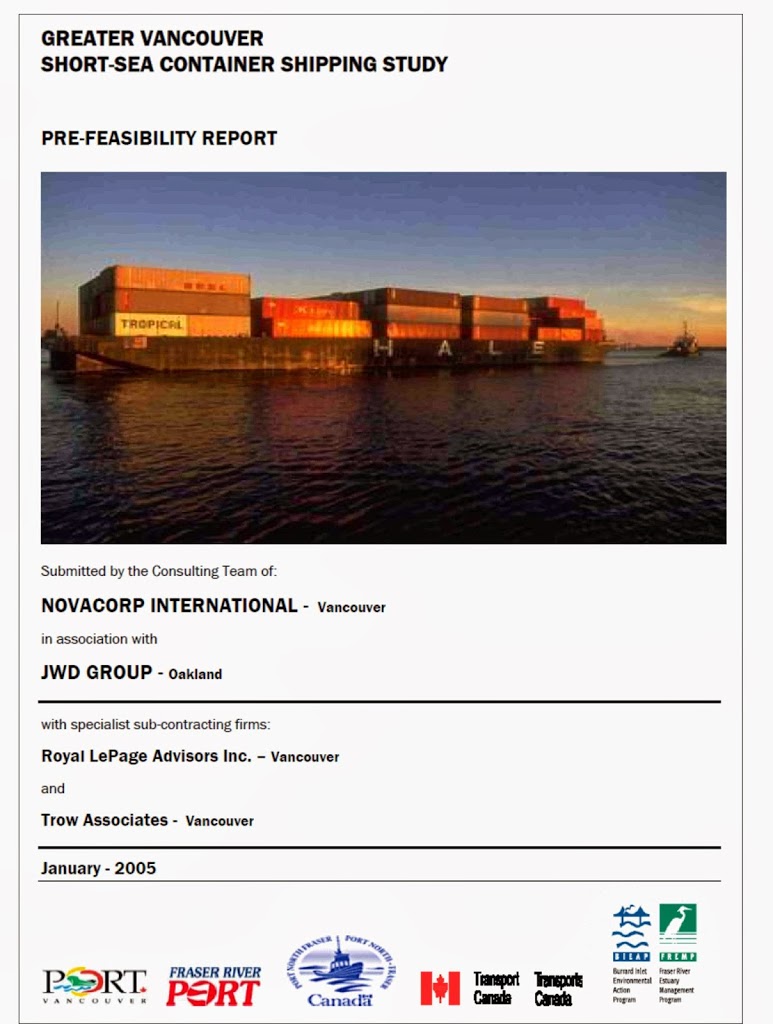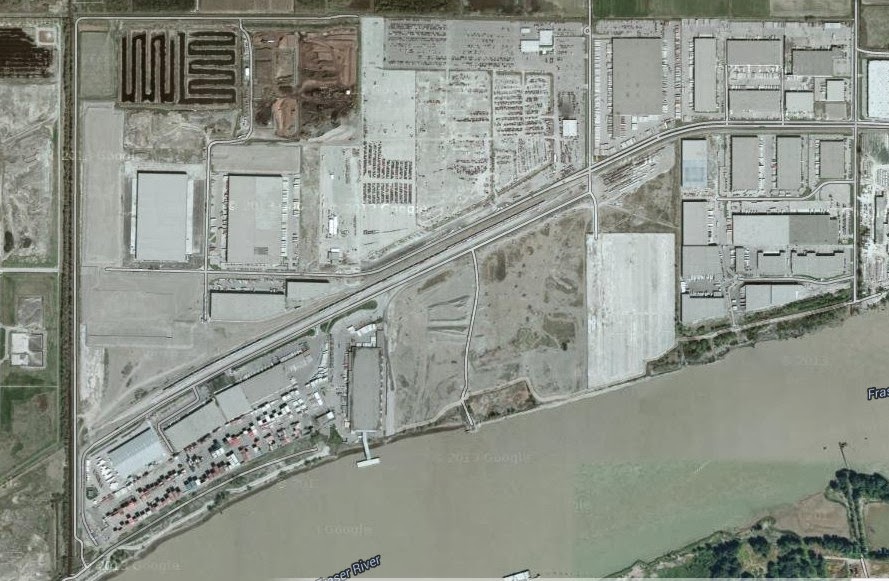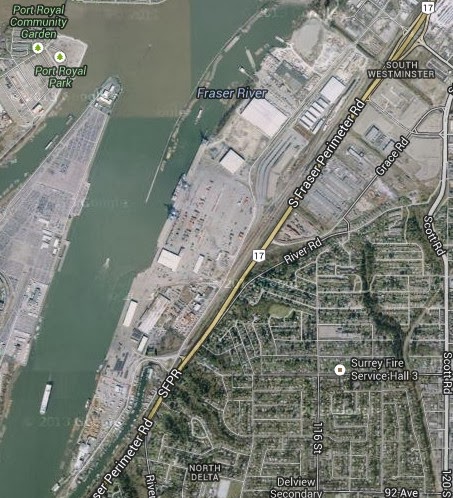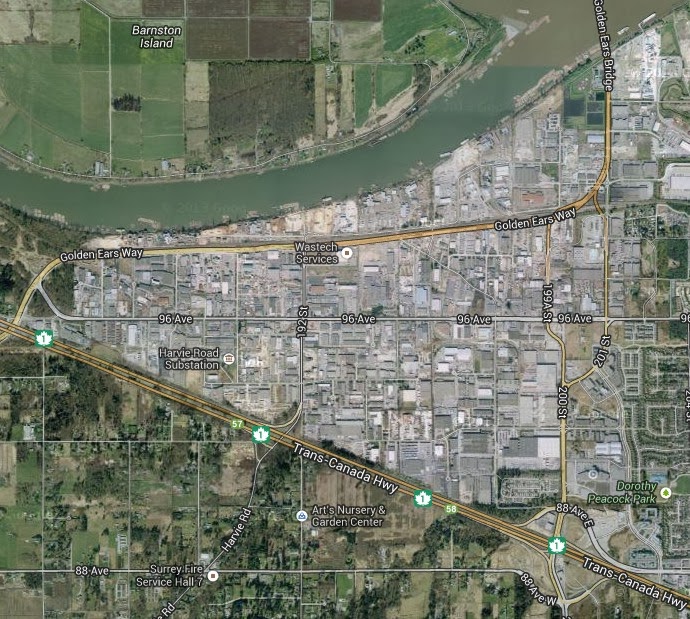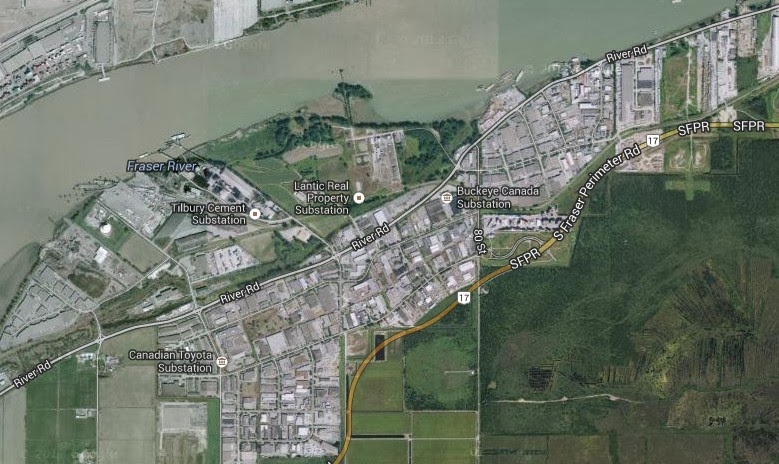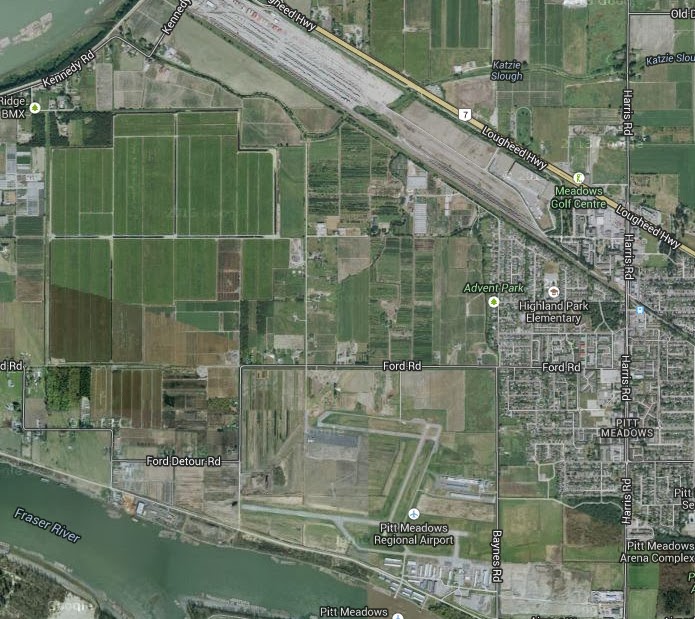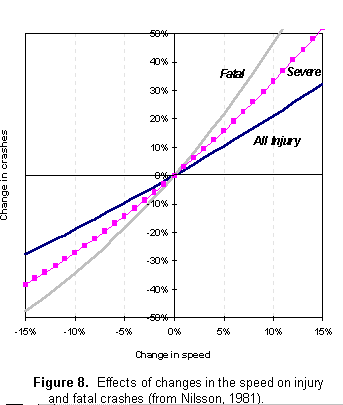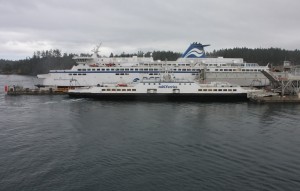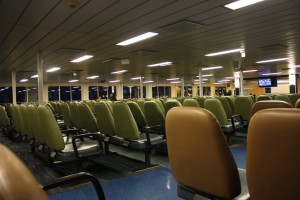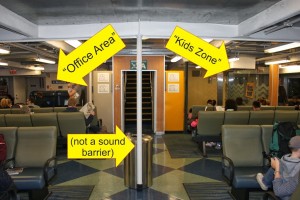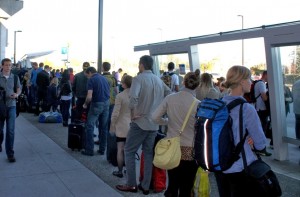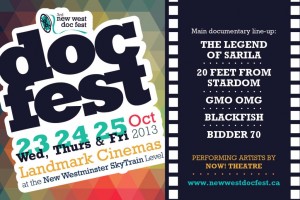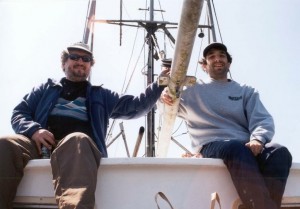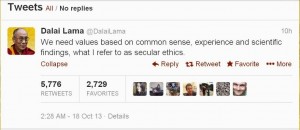I haven’t yet waded into James Crosty’s most recent public tantrum, mostly because it at first seemed so absurd at the face of it, and because I had no personal stake in the issue (except as a consumer living near Uptown and generally being interested in improving our community). Then a few letters arrived in the local paper and the topic keeps coming up in conversations around town and on Twitter. So, as opinions are starting to fly, I may as well add mine.
First off: a caveat. I like James. I think of him as a friend, despite all of our on-line bickering. I have continued to argue to people that, despite James’ loose association with facts and woe-filled prognostications of the future of New Westminster, he means well, and only wants what is best for his City and neighbours. However, at times like this, I find it a difficult argument to support.
Crosty appears angry that some other businesses in town have worked together to form a not-for-profit business association, and further propose to develop a BIA that would work towards neighbourhood beautification, special events, and promotion of businesses in Uptown. He appears to be upset he was not invited to their meetings, despite his business not being within the catchment area. His non-invitation appears, to Crosty, to be an indication that something unseemly is going on. Yet his lack of inclusion concerns him less than the spectre of his potential forced inclusion!
I think the organizers of the BIA do a better job addressing Crosty’s concerns regarding the history and model of the BIA proposal than I could. As his business is not within the Uptown area, there was no reason for them to seek his approval prior to registering their Association any more than there was any reason to seek mine or Don Cherry’s. Regardless, as a concerned citizen, if he has concerns about their organization, wouldn’t it have been more effective to, I dunno, ask them?
He also raises a lot of questions about how the BIA would be financed, and what the money would be used for. Most of those details were included in the Council Report that started this all. Some of his other questions are addressed in the Uptown Business Association response, and others are likely details that have yet to be worked out, if the proposal receives the support of the affected businesses and the City.
That most of the questions Crosty raises are answered or easily answerable, combined with the fact that his business is not impacted by this proposal, leads one to ask what exactly is his beef here?
In our Twitter exchanges, Crosty commonly chides me for not doing enough to try to connect the dots and find out what’s “really happening” behind the scenes. I’m not very good at conspiracy theories, but let me try my hand at “connecting the dots” here.
The Uptown BIA idea is being coordinated and organized by many of the same people who organized the massively popular Uptown Live event for the last two years. Uptown Live was associated with the Hyack Festival, though much like the Anvil Battery Salute, the May Day Celebrations, and other events you would associate with Hyack Festival, Uptown Live was not “run” by Hyack, but was “associated”. In the case of Uptown Live this means they shared some promotional materials, and coordinated some common timing of events so as to “share the crowd”. Hyack did not organize the event itself, nor did they pay for the event. This is not to lessen their role, coordinating events run by many different groups into one great week is something Hyack does well – many hands make lighter work, and Hyack is good at getting those many hands together.
However, one of the central figures in organizing Uptown Live was none other than Bart Slotman, whose company runs Westminster Centre. He (along with a team of Uptown folks) put a significant amount of time, energy, and resources into organizing and pulling off Uptown Live for two successful years, and had a vested interest in its continued success. When the Hyack situation hit the fan last year with the firing of Douglas Smith and acrimonious rift of the Board, the organizers of Uptown Live saw the potential that this could hurt what they spent two years building, and wisely protected the intellectual capital they had created.
To one of the sides in the Hyack rift, this was seen as a public betrayal, and Bart Slotman joined the “rogue” Hyack members, the former ED of Hyack, and the Editor of the NewsLeader in the increasing pile of “enemies of Hyack”. Therefore, he was singled out for personal attack in the media by various Hyack insiders, including James Crosty and his Partner.
I want to emphasise this point. Slotman is a businessman in New Westminster who manages one of the larger commercial buildings in town. However, he is also a resident of this town, and I cannot think of commercial property owner in New Westminster (with the possible exception of Mark Shieh) who has done more to promote what is good about the City in the last few years. He has stepped up to sponsor events, he has served on committees. He has been present at open houses on various topics, and provided useful input. He has taken risks and spent his own money to improve the streetscape of the City lands in front of his building. He has been instrumental (pun!) in organizing UpTown Live and UpTown Unplugged. He is the model of what this City needs for its business areas to succeed – engaged resident owners who care about making their community better.
Should all of this make him immune to criticism? Of course not. However, by putting Slotman’s name right there in the first grammatically-challenged sentence of his letter to the Editor, then naming him again several more times (including questioning his character with the phrases like “…by the likes of Mr. Slotman”), Crosty makes it clear that it is not necessarily the idea of a BIA that he opposes, but the idea of a BIA where Bart Slotman and “his like” are part of the organizing group. It smells of a personal vendetta, and that smell stinks.
As for the follow-up letter from our resident Ayn Rand aficionado, there is no doubt this is a contrasting opinion to how and what a business is than the one demonstrated by Slotman. I’ll just say I’m glad we have effective BIAs and a Chamber that do so much to support the community, because I cannot imagine living in a City comprised only of business with the level of cynical disinterest expressed in this letter.
Oh, and I am currently enjoying a bottle of Killer Cab, contributed by Pacific Breeze in to one of the many community events they sponsor. Another example of a positive, community-building business here in New Westminster that deserves our support.
